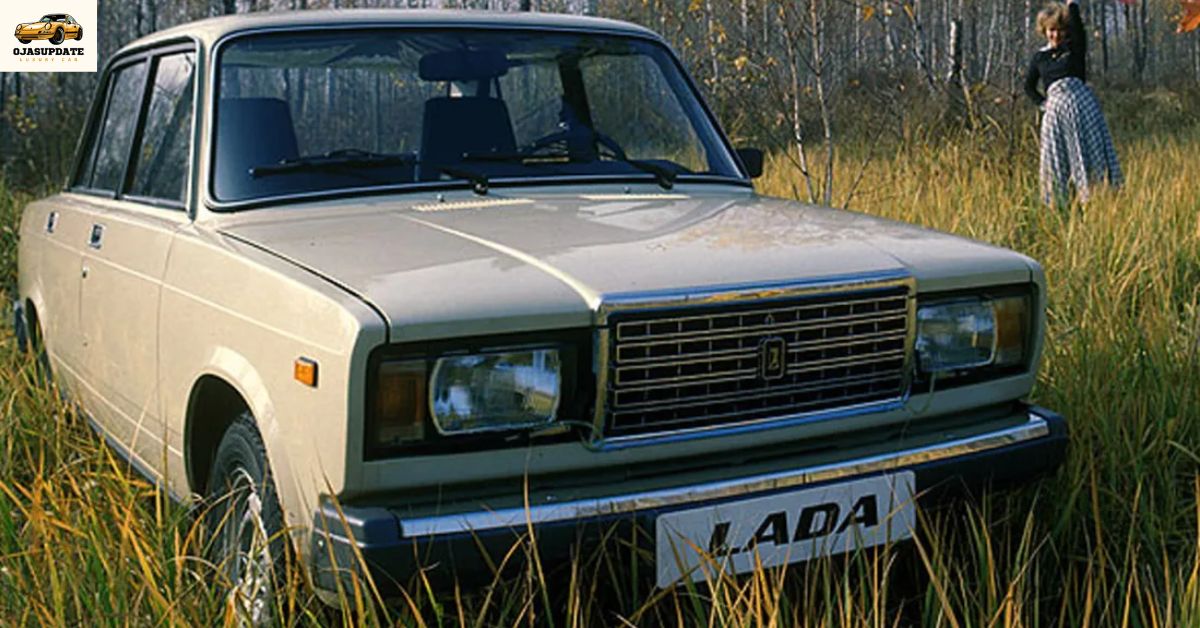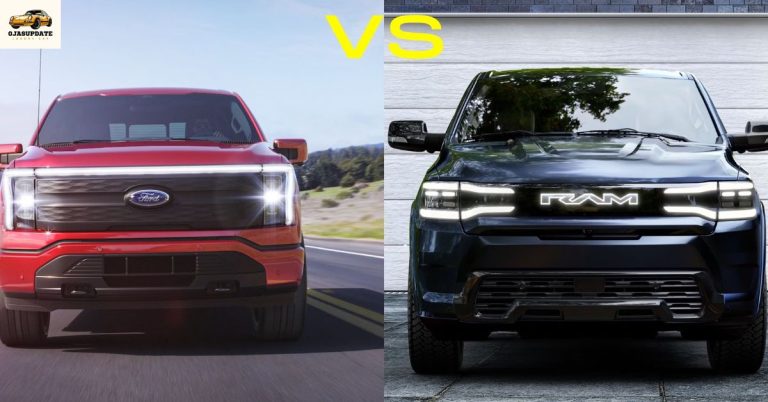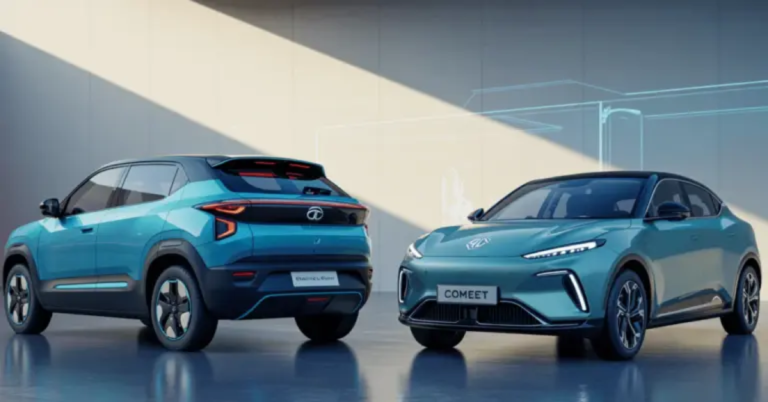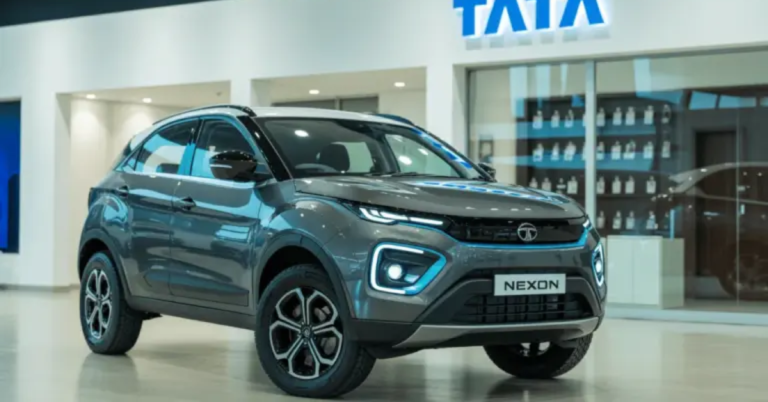
In the annals of automotive history, few cars have had a journey as peculiar and enduring as the Lada Riva. Born from Soviet pragmatism and shaped by decades of utilitarian design, the Riva—also known as the VAZ-2105, 2104, and 2107—was never meant to be glamorous. Yet, its rugged simplicity, affordability, and sheer ubiquity have earned it a cult following that spans continents and generations.
🚗 Origins: Fiat Roots and Soviet Ambitions
The Lada Riva traces its lineage back to the Fiat 124, a compact Italian sedan that won European Car of the Year in 1967. The Soviet Union licensed the design and began producing its own version under the AvtoVAZ brand in the late 1960s. By 1980, the Riva emerged as a facelifted evolution of the original Zhiguli line, with squarer styling, updated interiors, and modest mechanical tweaks.
It was offered in multiple body styles—sedan (2105 and 2107), station wagon (2104), and even a pickup variant—all built on a front-engine, rear-wheel-drive layout. The Riva was designed to be simple, durable, and easy to repair, making it ideal for the harsh climates and rough roads of the Soviet bloc.
🛠️ Engineering for the Masses
Under the hood, the Riva came with a range of inline-four petrol engines, from 1.2L to 1.7L, and even a 1.5L diesel in some markets. The most common variant, the Lada Riva 1500, featured a 1.5L naturally aspirated engine producing around 80 horsepower and 106Nm of torque, paired with a 4- or 5-speed manual transmission.
Performance was modest—0 to 100 km/h in about 14.5 seconds and a top speed of 153 km/h—but that was never the point. The Riva was built to be reliable, easy to fix, and cheap to run. Owners were even provided with a full set of tools to perform basic repairs themselves—a nod to the car’s DIY ethos.
🌍 Global Reach and Local Nicknames
Though quintessentially Soviet, the Riva found homes far beyond Russia. It was exported to Western Europe, Canada, Australia, and South America, often under different names: Lada Nova in Germany, Lada Signet in Canada, Lada Laika in Brazil, and Lada Kalinka in France.
In the UK, the Riva gained notoriety in the 1980s and early ’90s as a budget-friendly alternative to pricier European models. It was often mocked for its dated styling and clunky handling, but it also earned respect for its toughness and simplicity. For many families, it was their first car—a gateway to independence and mobility.
🧱 Styling and Interior: Charm in Simplicity
The Riva’s design was unapologetically boxy, with flat panels, square headlights, and minimal ornamentation. Inside, the cabin was spartan but functional. Vinyl seats, basic instrumentation, and manual everything were the norm. Yet, there was a certain charm in its no-nonsense approach. It didn’t pretend to be luxurious—it was honest, straightforward, and built to last.
Later models introduced modest upgrades like catalytic converters, improved upholstery, and slightly refined dashboards, but the core philosophy remained unchanged: simplicity over sophistication.
🛡️ Durability and Legacy
One of the Riva’s most remarkable traits was its longevity. Production continued in Russia until 2012, and in Egypt until 2015, making it one of the longest-running automotive platforms in history. Alongside icons like the Volkswagen Beetle and Ford Model T, the Riva ranks among the top-selling single-generation car platforms of all time.
Its durability made it a favorite among taxi drivers, rural communities, and budget-conscious buyers. Even today, Rivas are still seen on the roads of Eastern Europe, Cuba, and parts of Africa—testament to their enduring appeal.
🚘 A Cult Classic in the Making
In recent years, the Lada Riva has undergone a surprising transformation—from budget beater to quirky classic. Enthusiasts now celebrate its retro charm, mechanical simplicity, and nostalgic value. Online forums, restoration clubs, and social media pages are dedicated to preserving and showcasing these Soviet icons.
Some owners embrace the Riva’s utilitarian roots, while others modify them with modern touches—LED lights, upgraded sound systems, and even performance tweaks. The car’s basic architecture makes it an ideal canvas for customization.
🏁 Final Thoughts
The Lada Riva may never have won awards for innovation or style, but it succeeded in something far more meaningful: accessibility. It democratized car ownership for millions, offering a reliable, repairable, and affordable vehicle in an era when such qualities were rare.
Today, the Riva stands as a symbol of a bygone era—one where cars were built to endure, not impress. Whether you see it as a relic or a retro gem, there’s no denying the Riva’s place in automotive history. It’s a car that defied expectations, outlasted trends, and earned its stripes the hard way.



